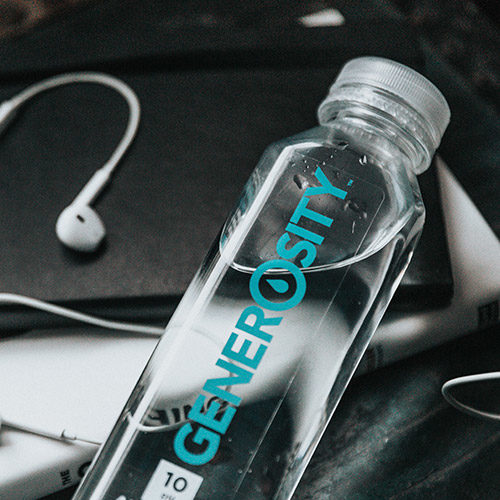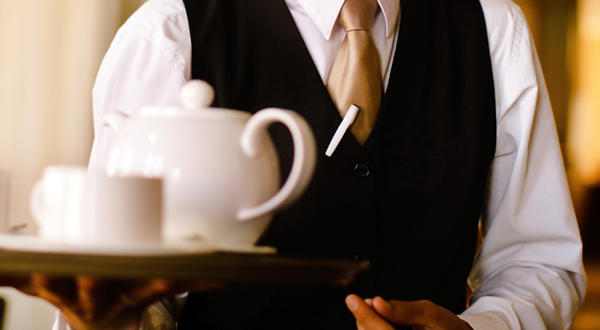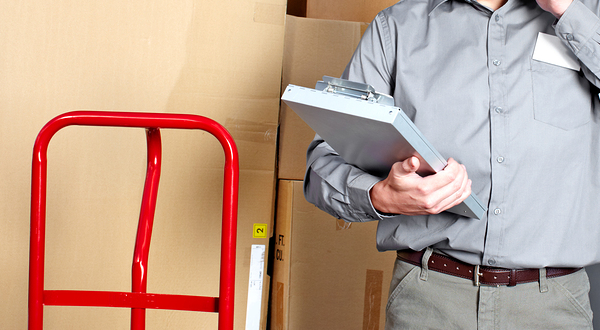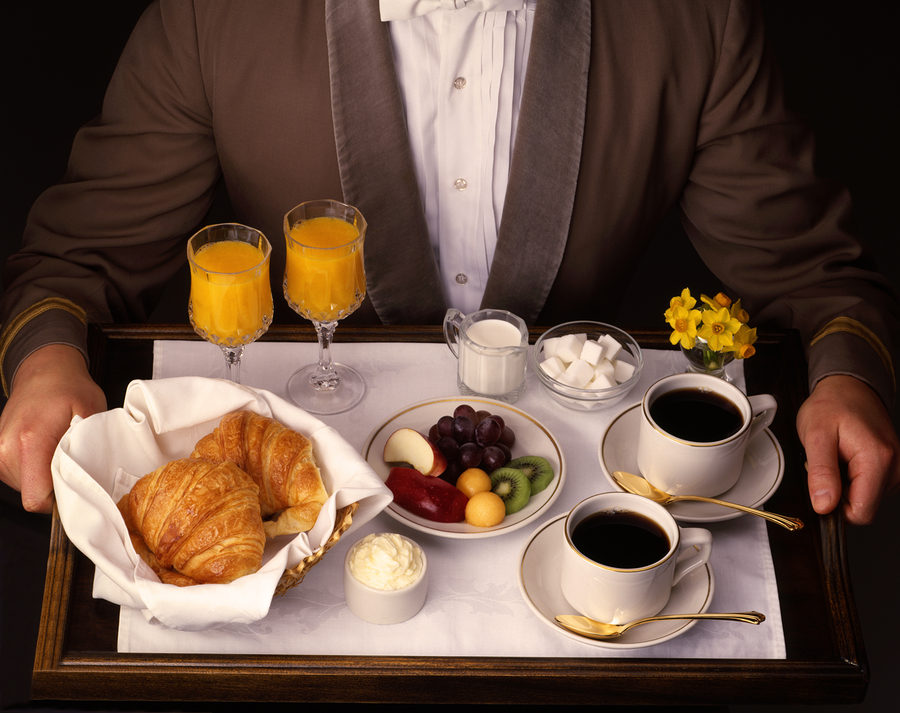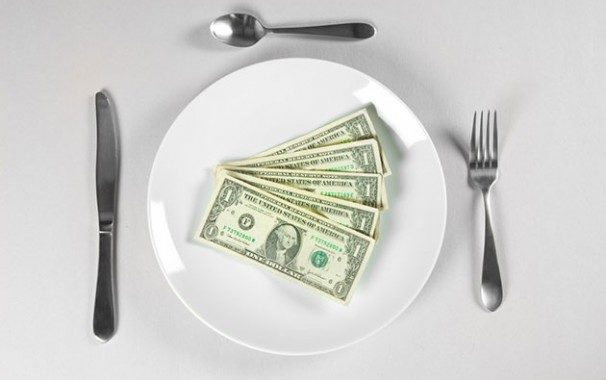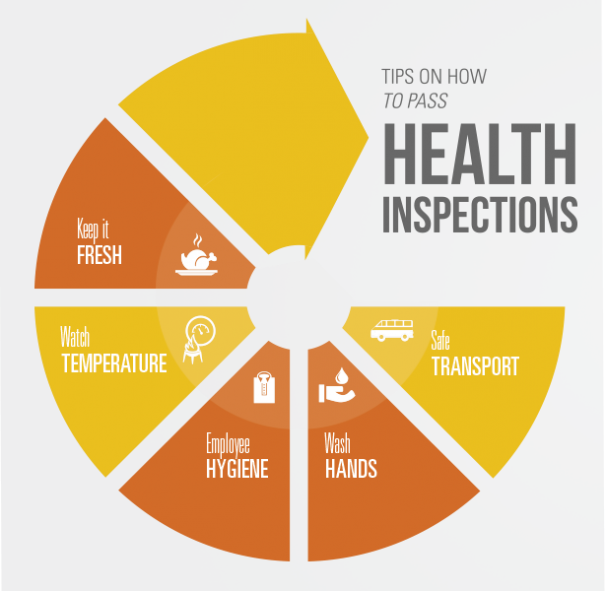Hotel Operators Are Phasing Out Room Service by Offering Grocery Delivery
A recent article by USA Today discusses an alternative to hotel room service: groceries. The popularity of grocery delivery services is increasing significantly among extended-stay hotels, but even other types of hotel properties are embracing the concept rather than continuing the use of traditional room service. Moreover, as the demand for healthier food options rises, more hoteliers are offering delivery services that include healthy meals or snacks for sale.
“It’s not the home kitchen, but gets guests closer to a home-like experience, which is what road-weary travelers crave,” says Maryam Wehe, senior vice president of Applied Predictive Technologies, which does consulting for hotels. “While travelers are just as time-starved as ever, they are increasingly health-conscious while on the go. Through healthy food delivery options, hotels are taking another step to bring the comforts and lifestyle of home to guests.”
The article also includes this more specific example of this new hotel trend:
“Affinia Hotels, a boutique hotel chain with properties in New York, recently announced a partnership with FreshDirect, a New York City-based grocery delivery service, to deliver ready-to-make meals to guests. There’s a Business Kit and a Healthy Kit, each with such items as fruit, vegetables, Greek yogurt, chips, salsa and cookies. The kits also have four-minute meals such as lemon-dill salmon, which can be heated in a microwave in each room’s kitchenette. The kits can be ordered in advance through Affinia’s online e-concierge service.”
Senior Vice President of brand management for Affinia Hotels Lisa Zandee states that guests enjoy the hotel grocery delivery service because it allows more variety that otherwise wouldn’t be available through room service and a hotel room mini bar.
In addition to convenience for guests, phasing out room service can benefit hotels due to their costliness to run versus the low revenue they generate.
The article states “room service revenue has dropped 9.5% from 2007 to 2012, according to PKF Hospitality Research,” showing that the service is becoming less significant and more costly over time.
As you move to a new food and beverage trend for your hotel, it’s essential to explore your supplier options to ensure low food and beverage costs. As a top supply chain management group, Source1 Purchasing is focused on cost management, savings and operational efficiencies for the hospitality industry, offering hotel operators with the best purchasing options to fit their needs.







